What brands need to know about the emerging dynamics in India’s influencer ecosystem
Influencer marketing in India has been on a high growth trajectory in India for the last few years, As per Statista report, as of 2022, the influencer marketing industry in India was valued at over Rs 12 billion. It is projected to grow at a compound annual growth rate of 25 per cent over the next five years. The industry's market value is further estimated to amount to Rs 28 billion by 2026. Nearly 55 million urban Indians were direct consumers of influencers of various kinds as of 2022.
This burgeoning trend has transformed into a powerful strategy for brands aiming to connect with their target audience in a more personalized and impactful manner. Leveraging the vast reach and sway of social media personalities across platforms such as Instagram, YouTube, and TikTok, brands engage in collaborative partnerships with influencers to promote their products or services to highly engaged audiences. With a diverse array of influencers spanning various niches—from fashion and beauty to lifestyle and technology—brands can effectively target specific segments of the Indian market. Despite facing challenges related to authenticity and regulation, influencer marketing continues to flourish, offering brands the opportunity to cultivate genuine connections and foster meaningful engagement within India's rapidly evolving digital landscape.
Furthermore, the Indian government's initiative to recognize and appreciate creators and influencers through the National Creators Award 2024 underscores the growing significance of digital content creators in contemporary society. By empowering online creators who inspire and contribute positively to the digital sphere, this governmental endeavor showcases a broader acknowledgment of their impact in shaping public discourse and fostering constructive engagement on social media platforms. With widespread support and participation reflected through substantial nominations and votes received for the National Creators Award 2024, it exemplifies the collective recognition and appreciation for creators within the Indian community.
Moreover, the increasing recognition of influencers' influence has spurred a surge in collaborations between companies, corporates, and government entities, all seeking to harness their reach and impact. Brands are increasingly realizing the value of influencer partnerships in authentically engaging with their target audience, thereby enhancing brand visibility, credibility, and ultimately driving sales. Corporates leverage influencers to amplify their corporate social responsibility initiatives and enhance their public image, while government agencies utilize influencers to disseminate critical information, promote public health campaigns, and engage with citizens on various social and civic issues. This growing trend underscores the multifaceted role influencers play in modern marketing strategies and their potential to shape public opinion and behavior in collaboration with diverse stakeholders.
As the influencer marketing ecosystem continues to thrive and evolve, recent data suggests that it has become a significant and rapidly growing industry in India, reflecting the country's burgeoning digital landscape. Estimates indicate that the market for influencer marketing in India is worth several hundred million dollars annually and continues to expand steadily. With the increasing penetration of smartphones, internet connectivity, and social media usage across the nation, brands are allocating larger portions of their marketing budgets towards influencer collaborations to effectively reach and engage with their target audience. The diversity of influencers across various niches and platforms further contributes to the robustness of the Indian influencer marketing market. As the digital ecosystem evolves and consumer behavior shifts towards online platforms, the value of the influencer ecosystem in India is poised to continue its upward trajectory, presenting lucrative opportunities for brands, influencers, and marketers alike.
Let's delve into the nuanced insights shared by leading marketers regarding influencer marketing. Speaking to Adgully, Kunal Khandelwal, Group Head of Outreach at SoCheers; Kunal Luhar, Co-Founder and Chief Business Officer, 5W1H; Yash Chandiramani, Founder & Chief Strategist, Admatazz; Gaurav Arora, Co-Founder, Social Panga, and Yousouf Rangoonwala, Founder, Kakkoii International Ltd, provide valuable perspectives on various aspects of influencer marketing. Their collective expertise offers a comprehensive understanding of the evolving dynamics and strategies within the realm of influencer-brand collaborations.
In 2024, how are brands looking at engaging with influencers? How is the influencer marketing strategy evolving?
Yash Chandiramani highlights the shift towards a more strategic approach, stating, "It's not just about creating a post with a brand plug. It's more about setting the right KPIs and measuring success for each collaboration."
Kunal Luhar emphasizes the move towards a more results-driven strategy, noting, "brands now prioritize ROI, seeking to align influencer outreach programs with larger revenue goals."
Gaurav Arora discusses the emphasis on authenticity and long-term collaborations, stating, "In 2024, marketers are going to seek influencer engagement with a stronger emphasis on authenticity, relevance, and long-term collaborations."
Yousouf Rangoonwala underscores the importance of authenticity and credibility in influencer partnerships, stating, "Brands are focusing more on strategy-first and authentic storytelling in influencer marketing, moving away from mere popularity."
Kunal Khandelwal discusses the shift towards micro and nano influencers, stating, "Brands are increasingly working with micro and nano influencers to reach niche markets and foster stronger audience connections."
Long-term partnerships with influencers versus campaign-specific engagement - what works out to be more beneficial for brands?
Yash notes, "It depends. For macro influencers we recommend a longer collaboration. In those cases, influencers become mini brand ambassadors and lend their credibility to the brand. For short-term goals related to a campaign's KPI, a one-time burst of activity still works."
Gaurav argues, "Long-term partnerships with influencers can be more beneficial for brands than campaign-specific engagements. These partnerships foster deeper connections and trust with the audience, allowing brands to leverage the influencer's authentic voice and credibility. This authenticity leads to higher engagement rates and brand loyalty while maintaining consistency in messaging across campaigns reinforces brand identity and recognition."
Kunal Luhar emphasizes, "Establishing long-term partnerships between brands and influencers proves to be highly effective. Such collaborations foster consistent brand recall among the audience, reinforcing the association between the influencer and the brand over time. In today's marketing landscape, authenticity and loyalty are paramount, and long-term partnerships demonstrate both the brand's commitment to the influencer and the influencer's faith in the brand's vision. This mutual alignment enhances credibility and trust, as it reflects a shared understanding of the brand's values and goals. Ultimately, long-term partnerships contribute to building enduring relationships with the audience, driving sustained engagement and loyalty towards the brand."
Yousouf contrasts, "Campaign-specific engagements are favored over long-term partnerships due to the frequency of social media content. Brands aim to avoid oversaturation by limiting influencer endorsements within a single campaign cycle."
Kunal Khandelwal offers a comprehensive view, stating, "Both long-term partnerships and campaign-specific engagement with influencers can be beneficial for brands, but the choice between the two depends on the brand's goals, budget, and target audience."
Could you provide insights into how influencer marketing spends are growing? How is the ROI being measured now?
Yash highlights, "We set up benchmarks pre-campaign, usually CPE or CPV, and measure success after 15 and 30 days. For larger campaigns, third-party measurement is recommended."
Gaurav notes, "Brands focus on metrics like sales, conversions, and sentiment analysis. Advanced analytics tools track campaign impact from awareness to purchase."
Kunal Luhar adds, "Today, ROI is prioritized over traditional metrics like reach and engagement. Influencers are seen as strategic partners for tangible business outcomes."
Yousouf emphasizes, "Authenticity guides influencer costs. Brands also consider sentiment analysis, brand mentions, and ROAS for comprehensive evaluation."
Kunal Khandelwal concludes, "Influencer marketing in India is booming, with 33% of brands increasing budgets by over 50%. Brands use metrics like engagement, website traffic, conversions, reach, cost efficiency, and brand sentiment for ROI measurement."
Authenticity and credibility have become paramount for brands. What are the new parameters to ensure these in influencer engagement?
Yash raises concerns, "Authenticity is a big problem and I see it becoming a bigger one in the days to come. Brands often rely solely on the influencer's following or positive comments, which can be deceptive. To check authenticity, there are tools available or manual research can be done to understand genuine engagement. We also tend to trust creators who do long-form as well as short-form content instead of just the latter."
Gaurav emphasizes, "Organizations must evaluate the influencer's values and content alignment with their brand identity and target audience. This fosters trust among the influencer's followers. Brands should prioritize influencers who engage with their audience, demonstrating genuine connections."
Kunal Luhar highlights, "Brands are prioritizing authenticity and credibility, establishing long-term partnerships with influencers who resonate with their audience. Transparency about sponsored content, consistency in messaging, and genuine relationships are essential."
Yousouf underscores, "Transparency in sponsored content, alignment of values, and emphasis on quality engagement are crucial for authenticity and credibility in influencer engagements."
Kunal Khandelwal concludes, "Brands are adopting transparency, working with micro-influencers, focusing on content quality, data-driven selection, and audience alignment to ensure authenticity and credibility in influencer engagements."
In recent times, we have seen brands appointing Chief Influencer Officers. What do you see as their key roles in the overall marketing mix?
Gaurav emphasizes, "Chief Influencer Officers (CIOs) play a crucial role in influencer marketing, ensuring strategic planning, partnership management, and performance measurement."
Kunal Luhar explains, "CIOs are critical assets, responsible for building and nurturing connections with influencers, ensuring strategic alignment, and conducting performance assessments."
Kunal Khandelwal highlights, "CIOs shape and implement influencer marketing strategy, manage partnerships, collaborate on content, measure campaign effectiveness, and stay informed on industry trends."
Smaller/ micro influencers versus more well-known ones - what works to the brands' advantage in today's market ecosystem?
Gaurav explains, "In today's market, brands can benefit from both smaller and well-known influencers. Smaller influencers have niche audiences, allowing brands to establish authentic connections and increase credibility."
Kunal Luhar offers insight, "The choice between smaller or micro-influencers or well-known influencers depends on a brand's goals, target audience, budget, and campaign scope."
Yousouf adds perspective, "Smaller/micro influencers offer niche audiences, higher engagement, and authenticity, while well-known influencers bring reach and credibility."
Kunal Khandelwal concludes, "Both smaller/micro-influencers and more well-known influencers have their advantages for brands in today's market ecosystem, depending on the brand's goals and target audience."
What role do you see AI/ ML playing in influencer campaigns? What is the growth potential here?
Yash acknowledges, "AI influencers are growing. However, I personally feel it's the novelty that's driving following."
Gaurav highlights, "AI and machine learning rapidly changing influencer campaigns by transforming many components of the process."
Kunal Luhar explains, "AI and machine learning are revolutionizing influencer campaigns by enabling exact influencer selection, personalized content development, and accurate performance monitoring."
Yousouf emphasizes, "AI will play a vital role in influencer campaigns by providing specific data for influencer selection, enhancing content effectiveness, identifying audiences, and detecting influencer fraud."
Kunal Khandelwal summarizes, "AI can predict the potential success of an influencer marketing campaign by analyzing historical data."
In conclusion, the insights shared by these seasoned marketers shed light on the multifaceted landscape of influencer marketing. From the importance of authenticity and credibility to the strategic utilization of AI and machine learning, their perspectives offer valuable guidance for brands navigating this dynamic space. As influencer marketing continues to evolve, incorporating these insights into strategies can help brands forge meaningful connections, drive engagement, and ultimately achieve their marketing objectives in an increasingly digital world.




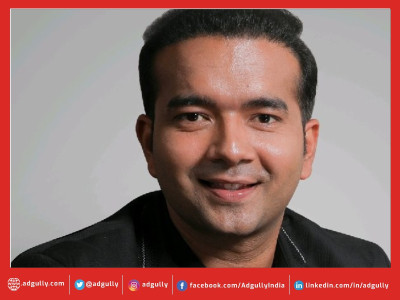
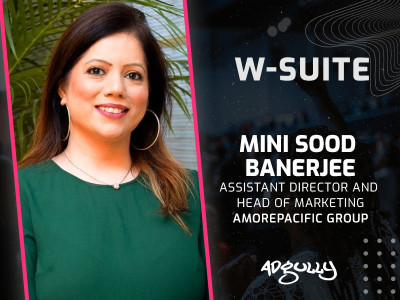





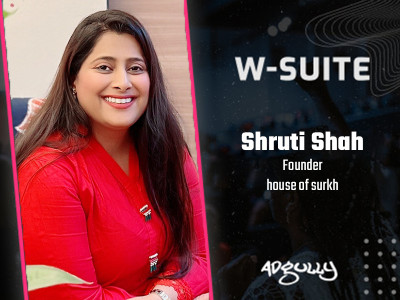
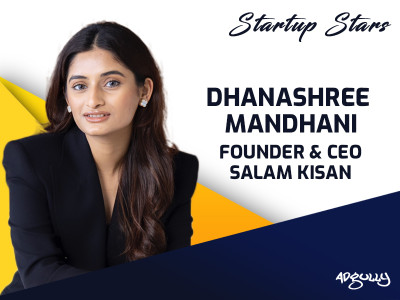
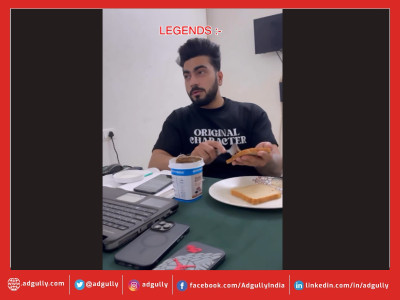

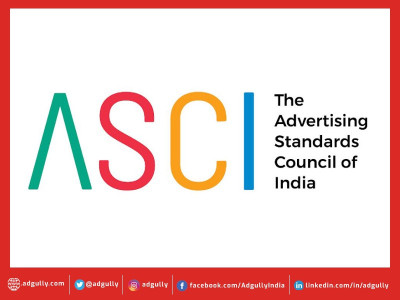


Share
Facebook
YouTube
Tweet
Twitter
LinkedIn